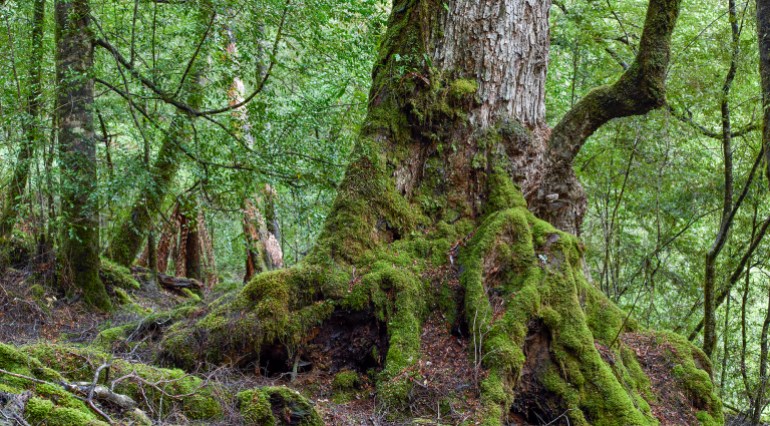The Canadian government has said it wants to accelerate its self-imposed deadline to ensure the sale of all light-passenger vehicles be of the zero-emissions variety by 2040. According to statements made by Transport Minister Omar Alghabra on Tuesday, Canada’s new target should be 2035. That presumably leaves customers with a little over a decade to enjoy internal combustion engines, though the realities of transitioning into an entirely electric automotive infrastructure may push back that date substantially.
Alghabra noted that the target was “ambitious, undoubtedly, but it is a must,” adding that the ruling Liberal Party believed it was possible with an elevated amount of determination, focus, and effort. He also stated that more funding will be required to meet the new goal, coordinated with additional government regulations.
While hardly what one would consider a free-market approach, Canada’s Liberal government has pledged to achieve net-zero CO2 emissions by 2050. That date remains in place. However, the updated automotive timeline is likely to affect interim targets and necessitate new restrictions to have any hope of being met. Currently, zero-emission vehicles account for somewhere between three and four percent of new vehicle registrations in Canada under the most generous of estimates. But the plan calls for that share to rise to ten percent by an ambitious 2025 before the revised objectives can be taken into account.
The Global Automakers of Canada (GAC) suggested that it agreed with the decision in principle but expressed concerns about the logistical issues associated with transitioning entirely to battery electric vehicles in just 14 years. That means they don’t think it’s all that realistic and it’s a take we’re inclined to agree with in one of those rare instances we find ourselves taking the side of lobbying groups.
“We share the government’s ultimate objective of carbon elimination but find today’s announcement lacking in the details that will be required for Canada to successfully make the transition to 100 percent ZEV sales by 2035,” GAC President David Adams said in a prepared statement. “We look forward to further consultations with the government to elaborate on Canada’s plan for infrastructure investment, enhancement of manufacturing supply chains and coordinated federal and provincial policies which will facilitate the transition to carbon neutral mobility in Canada.”
GAC alleges that the global automotive industry has already committed to investing over $330 billion ($267 billion USD) to bring ZEVs to market, adding that a minimum of 125 new models are planned for Canada by 2025.
According to Automotive News, the Paris-based International Energy Agency (IEA) also had its say on the matter — stating that light-duty automobiles would all need to be converted to ZEV products (likely EVs) by 2035 to create a zero-emissions global society by 2050. Though we’ve no idea how they can assume the former is even possible when manufacturing and shipping goods are bound to require energy and produce pollution, regardless of whether or not we’re using battery power.
From AN:
According to the IEA, more than 20 countries to date have announced the full phase-out of internal combustion engine (ICE) car sales over the next 10-30 years. Moreover, more than 120 countries have announced economy-wide net-zero emissions pledges that aim to reach net zero in the coming few decades.
Environment Minister Jonathan Wilkinson said with the tougher goal the country would work with the U.S. on fuel efficiency and consult with stakeholders on new regulatory measures.
He said harmonized rules would drive more accelerated ZEV deployment in the two countries.
“We are not alone in committing to 2035. This is absolutely where the world is going. This where the world needs to go,” Wilkinson said. “We must reduce our emissions.”
Technically speaking, we already have. Overall U.S. carbon dioxide emissions (which are often used as a general representation of environmental progress) have declined substantially since 2007, with some of the largest decreases taking place after 2017. By contrast, Canada’s total greenhouse gas emissions are substantially lower overall but have remained relatively flat since their gradual rise in the 1990s. Canadian per capita CO2 emissions have fallen by meaningful amounts, however, mimicking the overall trajectory and timeline of the United States.
[Image: Imagenet/Shutterstock]









/https://www.thestar.com/content/dam/thestar/news/world/2021/07/01/arctics-last-ice-area-shows-earlier-than-expected-melt/20210701110736-60dde1b425fc7a41a397fcbdjpeg.jpg)

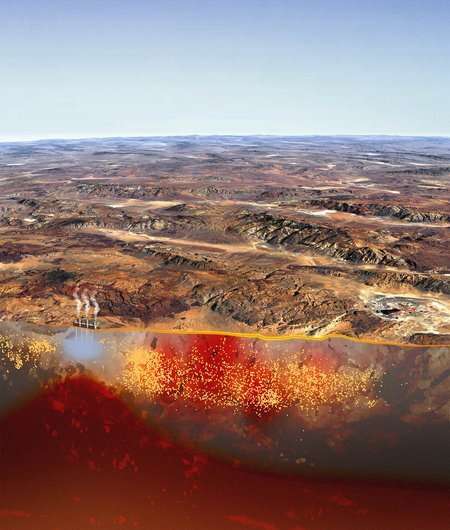

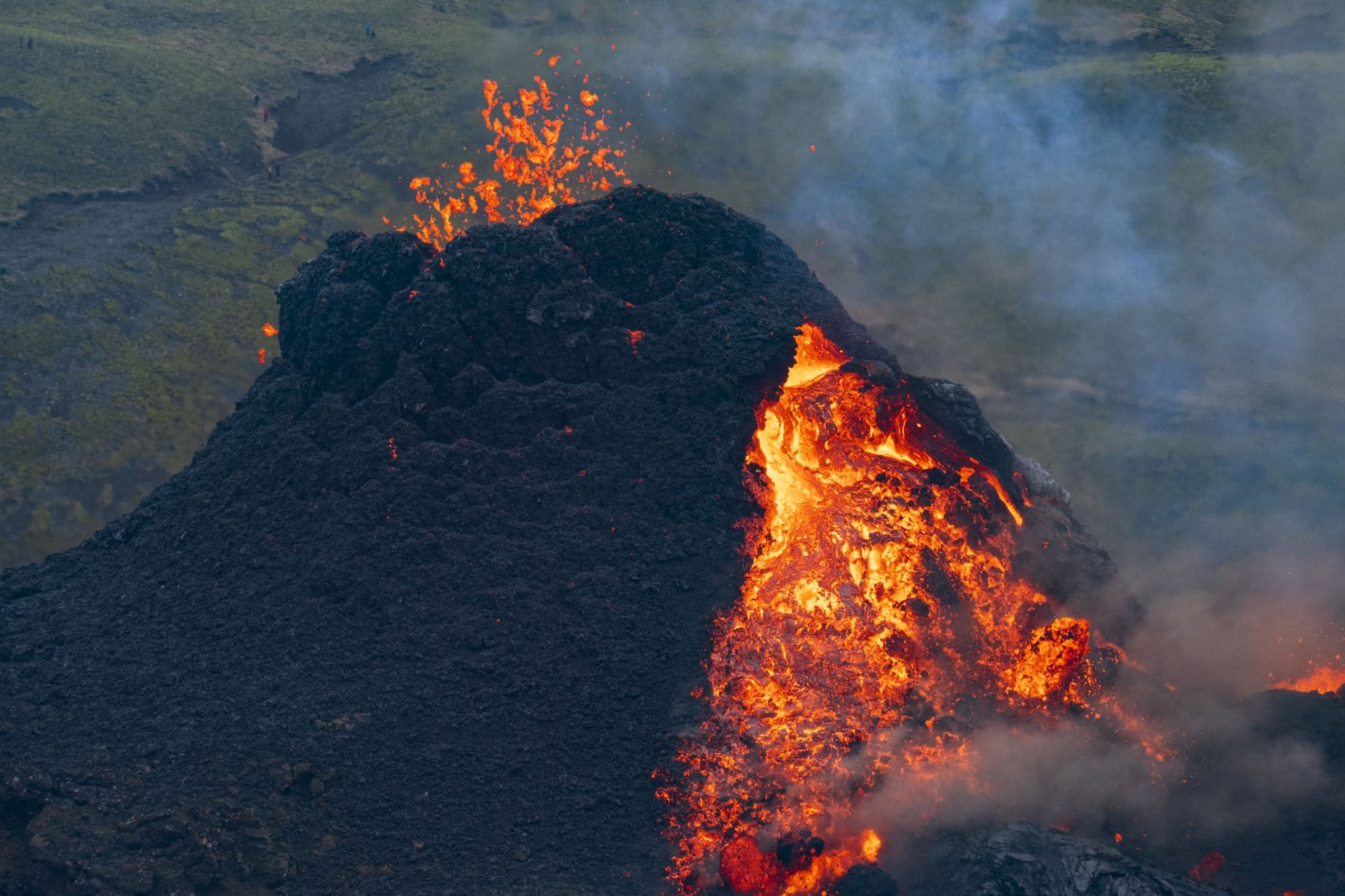
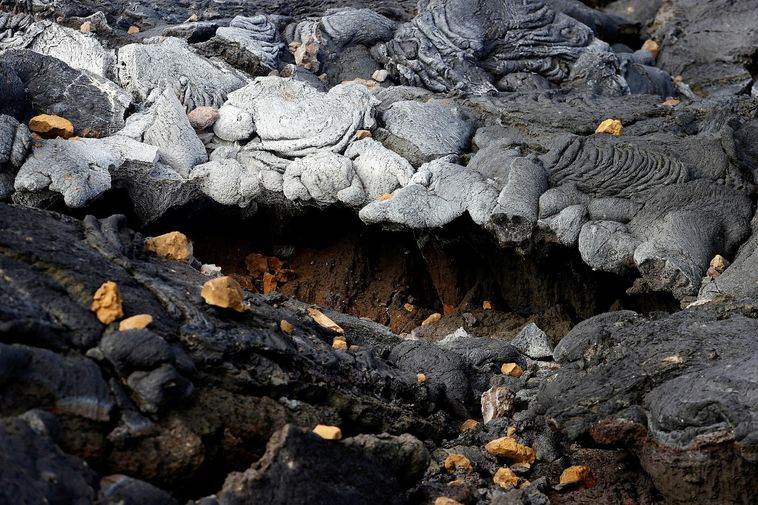
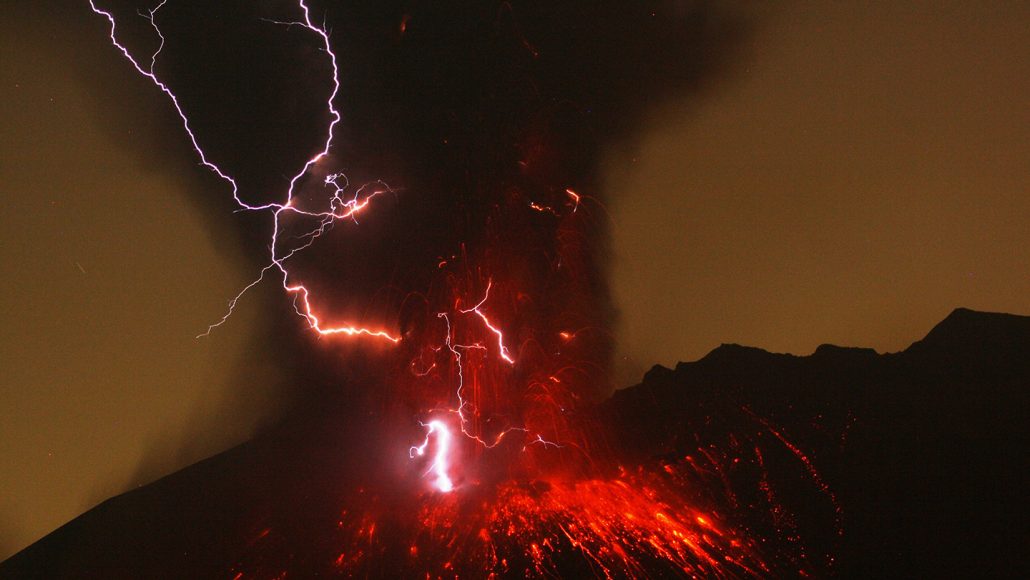
 Chinese-owned MMG wants to build a new Tailings Storage Facility (TSF) at the Rosebery mine in Tasmania [Courtesy of Bob Brown Foundation]
Chinese-owned MMG wants to build a new Tailings Storage Facility (TSF) at the Rosebery mine in Tasmania [Courtesy of Bob Brown Foundation]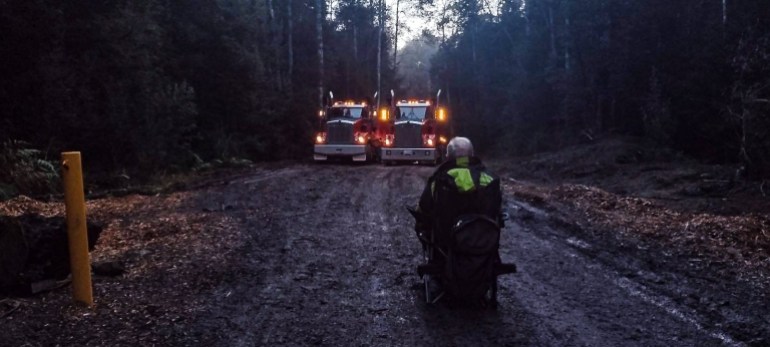 Anthony Houston stages a blockade to prevent MMG vehicles from accessing the planned site of a new waste storage facility [Courtesy of Bob Brown Foundation]
Anthony Houston stages a blockade to prevent MMG vehicles from accessing the planned site of a new waste storage facility [Courtesy of Bob Brown Foundation]